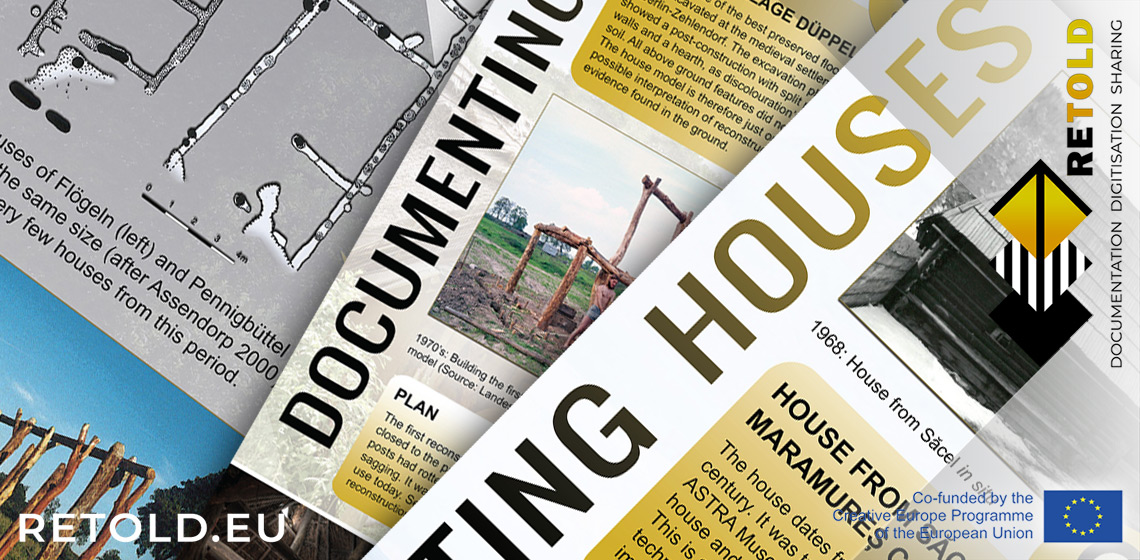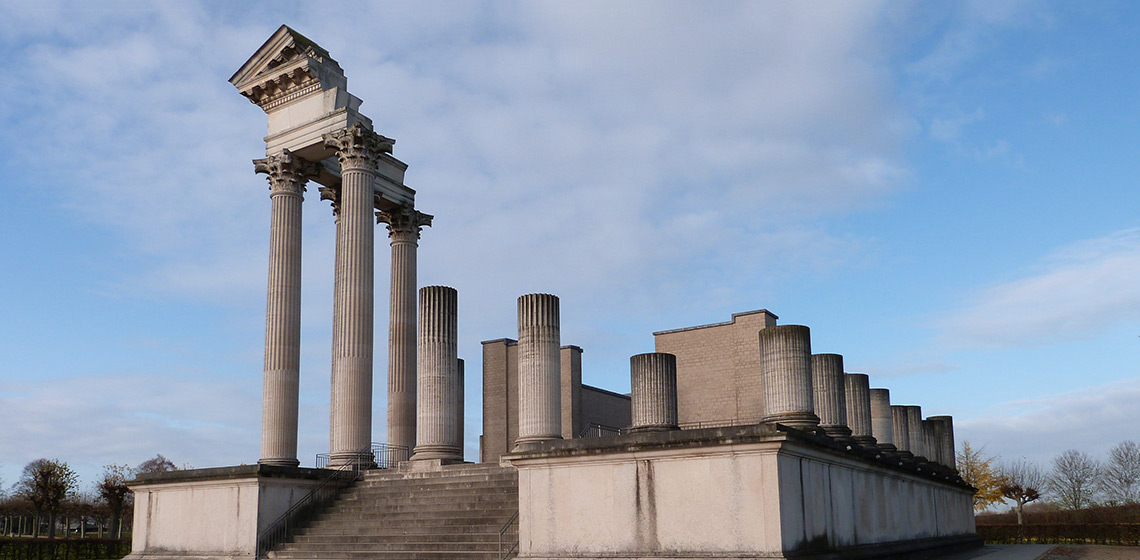RETOLD
RETOLD: Documenting Houses, Sharing the Story with the Visitors
Publication Date
Open-air museums host much cultural heritage data. You can find them in archival records, photos, video, and the minds of people. These data are at risk of being lost. This is where RETOLD comes in, a European Project (Creative Europe Program) with six partners working together on a solution.
Conference Review: Exploring Heritage, Museums Mediating Archaeology
Publication Date
Our colleagues in Xanten invited us for a conference on the use of digital media in museums. Eleven speakers from Germany, Italy, Spain, Switzerland and Austria captivated an audience of about 75 participants. Many of the presented ideas were delivered by larger museums, some of them in the phase of execution...


